
Virtual PLC
Linux®-based real-time control – now also available as a virtual PLC
Headquarters Germany
Beckhoff Automation GmbH & Co. KG

Linux®-based real-time control – now also available as a virtual PLC
Working on the basis of TwinCAT for Linux®, Beckhoff is opening up more application possibilities that enable resource-efficient, virtualized distribution of TwinCAT applications. Both the TwinCAT PLC runtime and TwinCAT functions in the form of containers can be operated not only locally on the controller, but also in a data center. Communication with decentralized I/Os can take place via the EK1000 EtherCAT Coupler in this case.

Not only does TwinCAT for Linux® allow the TwinCAT automation software to be executed on the basis of the Linux® operating system, but it also enables TwinCAT to be distributed and operated in the form of containers. Thanks to the modular structure of TwinCAT, the individual TwinCAT applications can also be distributed across several containers. ADS-over-MQTT technology, which has been established on the market for many years and is familiar to users, is available for cross-network communication and can also be used for integrating a virtualized engineering system.
This implementation of a virtual PLC means that the application options can be extended to the local data center as well, allowing certain control or simulation and test tasks to be outsourced from the machine or its control PC. This operating mode holds particular appeal for applications with lower real-time requirements. Communication with the decentralized I/Os can take place via the EK1000 EtherCAT Coupler, which supports the integration of the I/Os via a switched and routed IP network.
This simplifies the distribution of various TwinCAT applications and enables the central integration of I/Os located at different points in the company via the IT system.

The advantages of virtual control technology with TwinCAT and Beckhoff hardware:
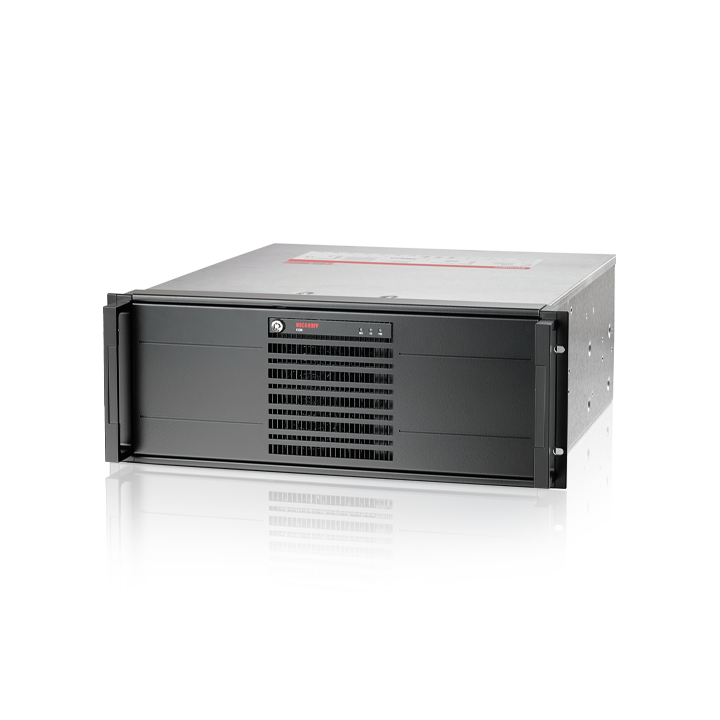
The C5xxx Industrial PCs series is designed for 19-inch slide-in installation. They are equipped with maximum performance class components and are ideally suited for machine construction and plant engineering applications, for example with the TwinCAT automation software.
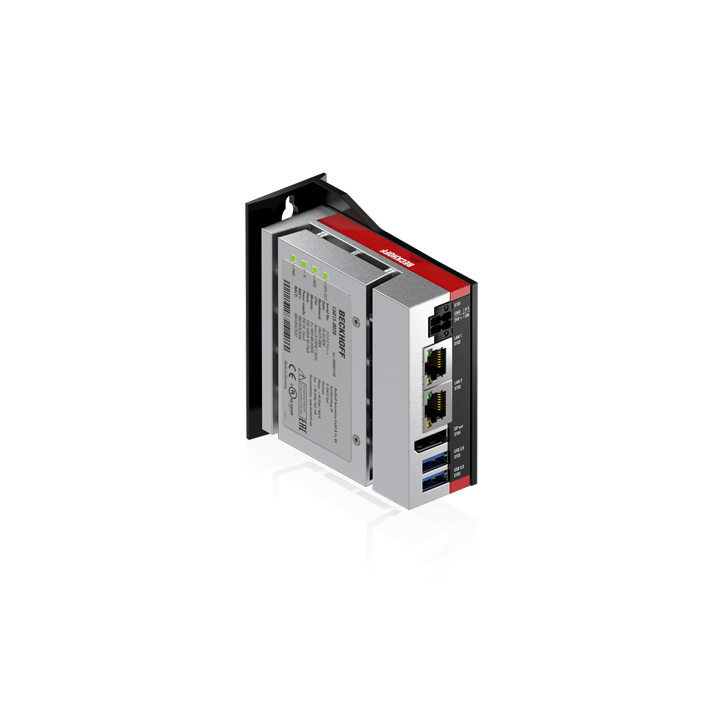
With a mounting space of just 82 x 82 x 40 mm, the C6015 Industrial PC represents Beckhoff's most compact entry-level Industrial PC and price savings of 25% or more (depending on the configuration) place it well below the previously least expensive x86 PCs. Due to its extremely compact size, the versatile and flexible mounting options and the impressive computing power of the Intel Atom® processors, it fits into virtually any control cabinet and machine concept. Apart from use for a wide range of automation tasks, the C6015 is mainly suitable for use as an IoT gateway, or as an edge device. The basis for this is the full integration and compatibility of TwinCAT and EtherCAT.
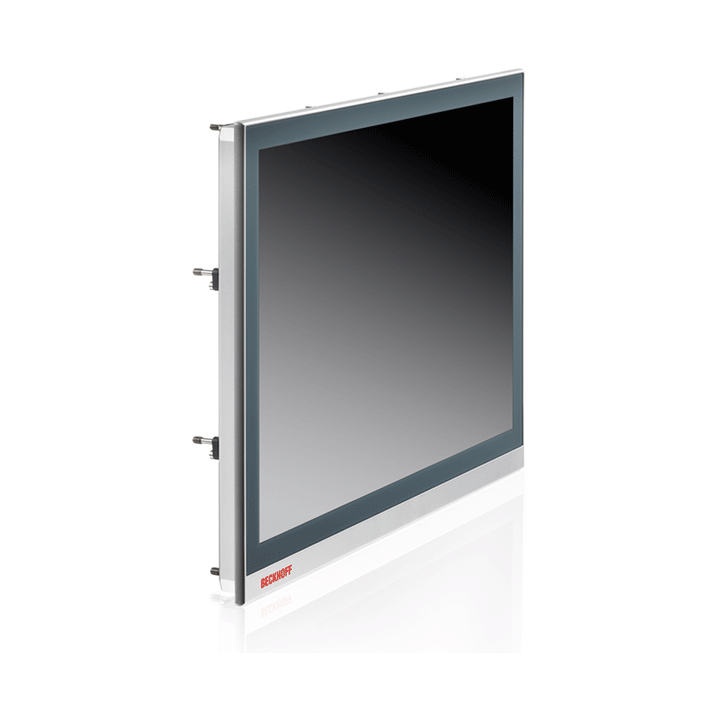
With the CP29xx panels for installation in the front of a control cabinet, Beckhoff customers have a comprehensive range of different equipment variants at their disposal.
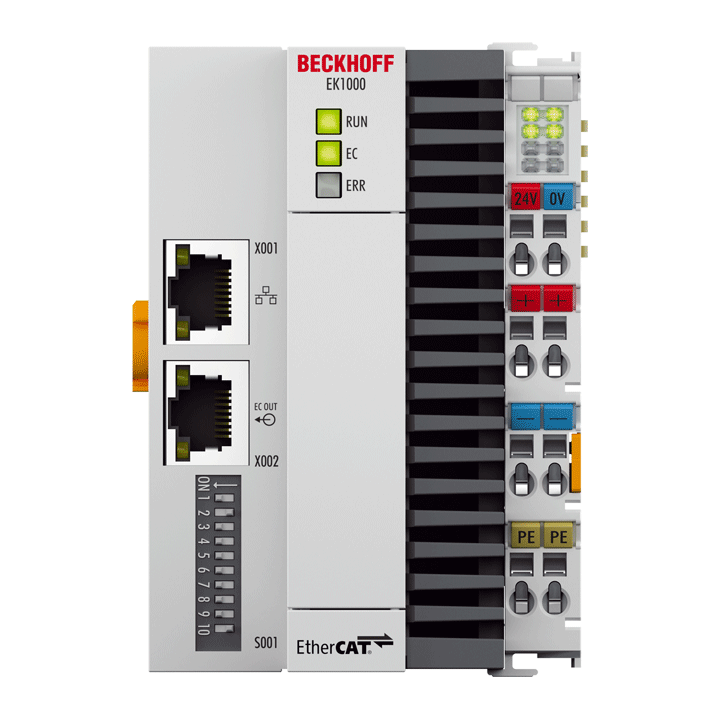
The EK1000 EtherCAT Coupler supports EtherCAT communication via switched Ethernet networks, such as TSN networks (Time-Sensitive Networking), and allows for connecting various EtherCAT Terminals from the wide range of I/Os with standard network technology. The EtherCAT Open Mode protocol enables communication via a layer 2 or a UDP connection. Via UDP, EtherCAT data can also be addressed across routers. The EK1000 is TSN-ready and can be made TSN-capable by a firmware update when the TSN technology is available. Proven EtherCAT features, such as distributed clocks and XFC, can also be used within a TSN network. In addition, it allows for connecting EtherCAT-capable drives that do not have a TSN-capable interface. Thus, the EK1000 effectively links EtherCAT and TSN networks, combining their benefits: EtherCAT provides a real-time capable single-device level and is therefore ideally suited to combine the numerous small data packets that come from the digital and analog inputs and are typical of industrial environments into a complete process image. TSN, on the other hand, defines a physical layer, which only relates to the switch layer in switched Ethernet networks. As a real-time extension of the general Ethernet technology, it controls the procedures and priorities for the transport of Ethernet telegrams through a TSN-capable, switched network. The EtherCAT Coupler has two RJ45 ports. One of these 100 Mbit/s ports connects the EK1000 to the Ethernet or TSN network. The second port enables EtherCAT network extensions, e.g., via the EK1100 EtherCAT Coupler. The EK1000 extends the TwinCAT automation software with a TSN-capable version of EtherCAT communication. In this way, TSN networks can also be managed seamlessly, and EtherCAT devices located in different terminal strands can be addressed via the TSN network.
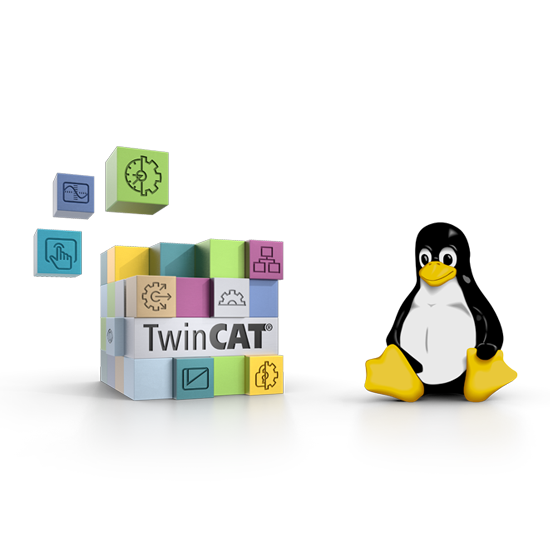
Linux® distribution from Beckhoff lays foundation for new type of runtime